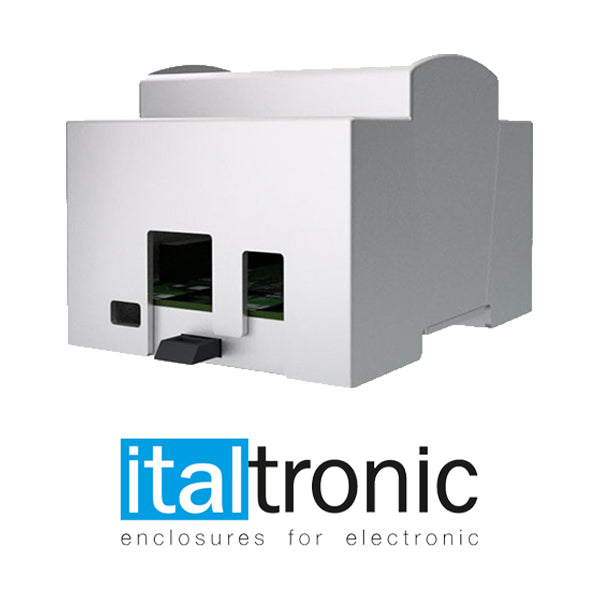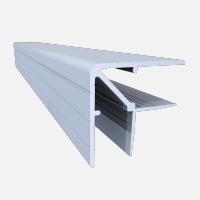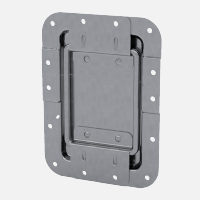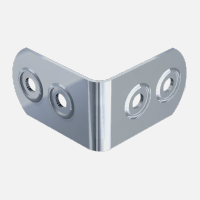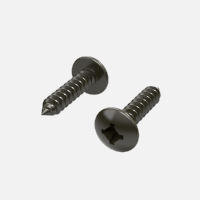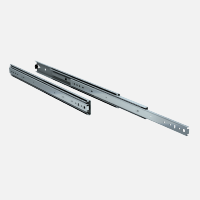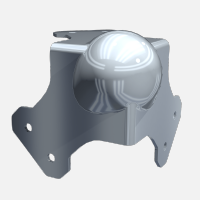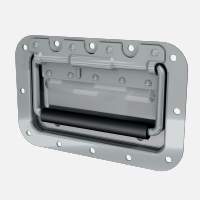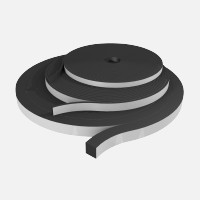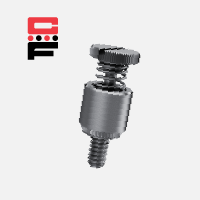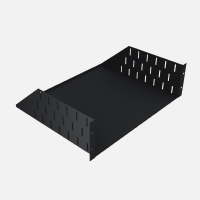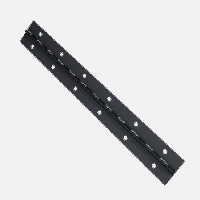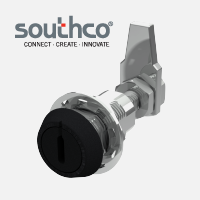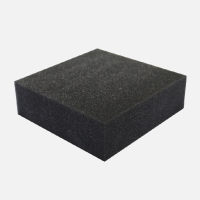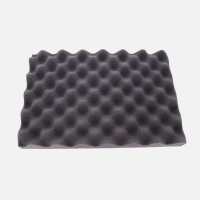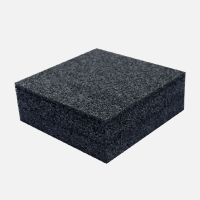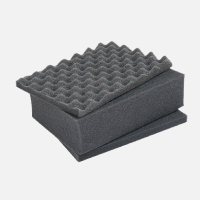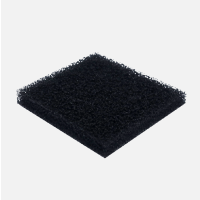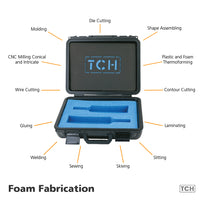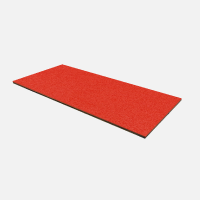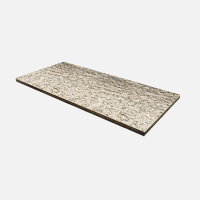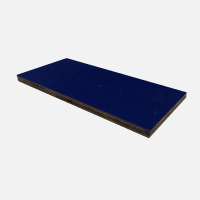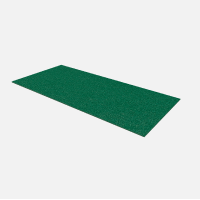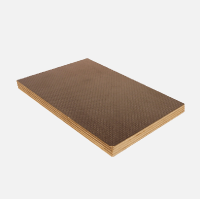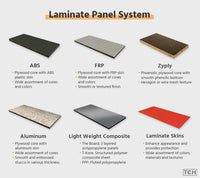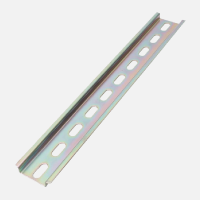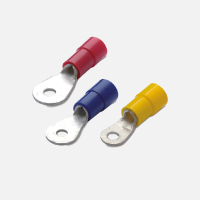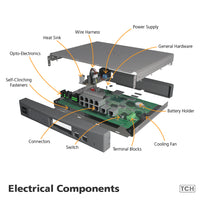We aim to demystify door hardware's often perplexing and seemingly enigmatic realm by explaining standard terms, from backset to bore and strike plate to spindle. The process is more straightforward than it may initially seem. As you familiarize yourself with the different parts of a door lock, you'll find it easier to manage hardware upgrades in your home. Additionally, we'll offer some practical insights into the various types of door locks and their security features, helping you make informed choices for your home's security.
It’s easier than it sounds. Once you get the hang of it, your knowledge of the parts of a door lock will help you tackle hardware upgrades in your home quickly. We’ll also provide some practical understanding of the various door lock types and security options.
Chassis:
Similar to the car's engine concealed under the hood, the chassis in a lock is its internal framework, housing the unseen mechanisms within the door. The chassis is crucial in defining the lock's function, whether for Privacy/Bed & Bath, Passage/Hall & Closet, or a Combined Interior application, among other functionalities.
Trim:
Often referred to as a rose, the trim is a decorative plate that sits on the door beneath the knob or lever. With the diverse range of trim styles and finishes available, depending on your lock choice, you can select one that aligns with your specific tastes. Adding a decorative trim to your door hardware is a straightforward yet effective way to elevate your home's aesthetic appeal and style significantly.
Deadbolt:
A deadbolt functions as a locking mechanism and is installed like a door knob. Typically, exterior doors feature both a door knob lock and a deadbolt for added security. The bore hole for the deadbolt is located directly above that of the door knob. Engaging the deadbolt involves turning a lever, which extends a solid steel cylinder into the door jamb, effectively securing the door. Deadbolts come in two main types: single and double cylinders. Single-cylinder deadbolts are keyed on the outside and have a turn lever inside, while double-cylinder deadbolts require a key for locking and unlocking from inside and outside. However, double-cylinder deadbolts are generally recommended only for specific situations, as single-cylinder deadbolts are safer and more convenient in emergencies
Escutcheon:
The plate, also known as a trim piece, is positioned behind the knobs and serves to attach the knob to the door. Traditionally, these plates are round, but modern designs offer a variety of shapes and sizes to choose from. This component encircles a keyhole or lock, safeguarding the lock cylinder against drilling attempts thus offering an extra layer of security.
Faceplate:
The compact metal trim's faceplate encircles the spring-loaded latch on the door's edge. These faceplates come in two styles: radius corner and square corner. Typically, faceplates measure 2 1/4" x 1", a standard size accompanying most new hardware. However, certain hardware brands in the past have produced non-standard sizes, so there may be variations in existing installations.
Spindle:
The spindle is the bar that connects knobs or levers through the door to operate the lock mechanism.
Strike Plate:
Like a faceplate, the strike plate is attached to the doorjamb, featuring one or more holes to align with the lock bolt. Its function extends beyond mere decoration. The strike plate plays a critical role in protecting the doorjamb and enhancing the security of the door.
Bore Hole and Cross Bore:
When preparing a door for hardware installation, there are two key elements to consider. Firstly, the central opening for the doorknob, known as the Bore Hole, typically measures 2 1/8 inches in diameter. Secondly, a smaller space is drilled on the door's edge to accommodate the latch mechanism; this is referred to as the Cross bore, and it usually has a diameter of 1 inch. For doors with smaller dimensions than these standard sizes, additional guidance is available in our article focused on Door Knobs and Levers suitable for small bore holes.
What is Backset?
Backset' refers to the distance from the door's edge to the center of its bore hole. Common backset measurements are either 2 3/8 inches or 2 3/4 inches. Many hardware items come with backsets adaptable to both of these sizes. However, higher-end hardware typically lacks this adjustability. If we request your backset measurement upon adding an item to your cart, it indicates that the hardware lacks adjustable latches. Our options for non-standard backset measurements are more limited, but we offer solutions such as 2-inch or five 5-inch backset hardware from brands like Schlage or Kwikset.
Latch
The latch mechanism, often known as a tubular latch mechanism, is a cylindrical component installed through the door's edge. It features a spring-loaded latch that withdraws to open the door and extends when the door knob or lever is released, ensuring the door stays closed. A tubular latch mechanism typically includes an attached mortise plate for exterior doors. Installing this requires mortising or chiseling the door's edge so that the plate sits flush and recessed within the door.
Southco Entry Door Locksets
Southco Entry Door Locksets provide a stylish and secure solution for doors, hatches, and access panels. Suitable for interior and exterior door latch applications, Southco entry door solutions include slide latches, swinging latches, and magnetic latches. They provide a quality look and actuation feel and offer a variety of finishes in 100% marine-grade corrosion-resistant materials for stylish door installations.
SWING ACTION LATCHES
Swing handles function to latch and unlatch doors and various objects, employing an internal cam mechanism for this purpose. Depending on the design, these handles might use a one-point, two-point, or three-point cam. To unlatch, you lift and turn the swing handle, which causes the cam to retract from the door or object, enabling it to be opened. To secure it again, push the swing handle back to its initial position, which will latch the door or object.
SLIDING ACTION LATCHES
Slide latches are spring-loaded, so cupboard and cabinet doors open quickly and close securely. They are constructed of solid brass or cast iron in a variety of finishes.
DOOR STAYS
Door stays are mechanisms or devices designed to maintain a door in a particular position, preventing it from swinging open or closing on its own. They aim to stabilize and regulate the door's movement, ensuring it remains securely in place at different angles.
